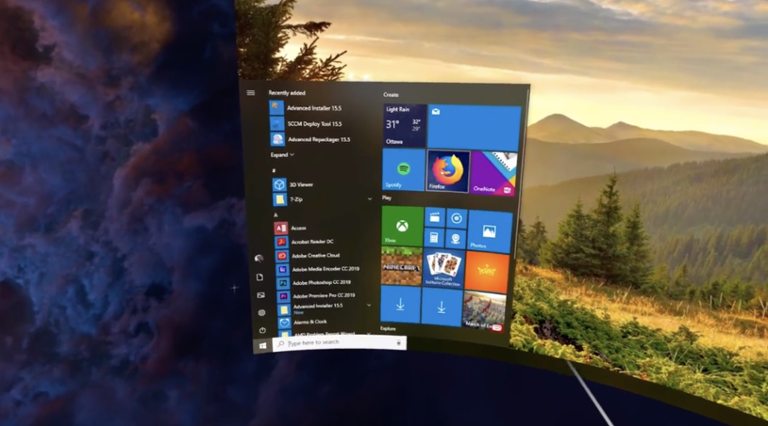The role of virtual reality in medical education and therapy
Virtual reality (VR) has revolutionized many industries, and the field of medicine is no exception. With its ability to create realistic, immersive simulations, VR is being increasingly used in medical education and therapy. In this blog post, we will explore the role of virtual reality in medical education and therapy.
Medical Education
Traditionally, medical education has relied on textbooks, lectures, and hands-on experience to train future healthcare professionals. However, with the help of VR, medical students can now immerse themselves in realistic simulations of medical procedures and surgeries, allowing them to practice and refine their skills without the risk of harm to real patients.
For example, surgical residents can use VR simulations to practice complex procedures, such as laparoscopic surgery, which requires a high level of skill and precision. VR simulations can also be used to teach anatomy and physiology, allowing medical students to explore the human body in three dimensions and gain a deeper understanding of its intricacies.
Moreover, VR can help medical students develop better communication skills. For example, simulations can be created to mimic real-life interactions with patients, allowing students to practice their communication skills and bedside manner.
Therapy
In addition to medical education, VR is also being used in therapy to treat a variety of conditions. For example, VR can be used to treat patients with phobias, such as fear of heights or flying. By exposing patients to virtual environments that trigger their phobias, therapists can help patients gradually overcome their fears in a controlled and safe environment. Moreover, VR can be used to treat patients with post-traumatic stress disorder (PTSD). By exposing patients to simulations of traumatic events, therapists can help patients confront and process their traumatic experiences in a safe and controlled environment. VR can also be used to treat chronic pain. By distracting patients with immersive virtual environments, such as a tranquil beach or a peaceful forest, therapists can help patients manage their pain and reduce their reliance on pain medication.
There are several types of VR systems that are used in medical education and therapy, including:
1.Desktop VR: This type of VR system consists of a computer and a headset with motion controllers. Desktop VR systems are typically less expensive than other types of VR systems and can be used for a variety of medical simulations and training scenarios.3.Mobile VR: Mobile VR systems consist of a smartphone or tablet that is inserted into a headset. These systems are often less powerful than desktop or room-scale VR systems but are more affordable and portable, making them ideal for remote medical training and therapy.
Conclusion
In conclusion, virtual reality is playing an increasingly important role in medical education and therapy. From providing realistic simulations for medical students to helping patients confront their fears and manage their pain, VR has the potential to transform the field of medicine in exciting ways. As the technology continues to evolve and become more accessible, we can expect to see even more innovative uses of VR in the field of medicine.








